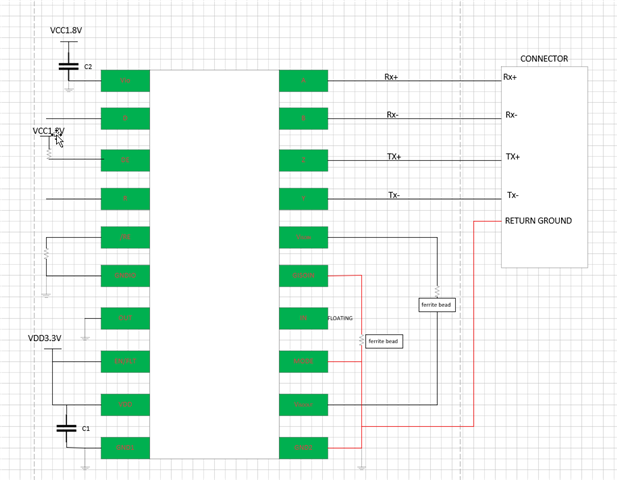Tool/software:
I want to select an isolated RS422 chip with a data rate of 10 Mbps or higher. It doesn't need a separate ISO power supply. The ISOW1432 seems to be a suitable choice. However, there are only two IO pins reserved on the front-end board, which are used to control R and D respectively. RE and DE are prepared to be directly connected to fixed voltage levels. But I saw on a forum today that this connection method may cause the chip to overheat when there is no communication externally. I would like to know if there are any other ways to improve this situation? Or are there any other models you can recommend? Thank you.



